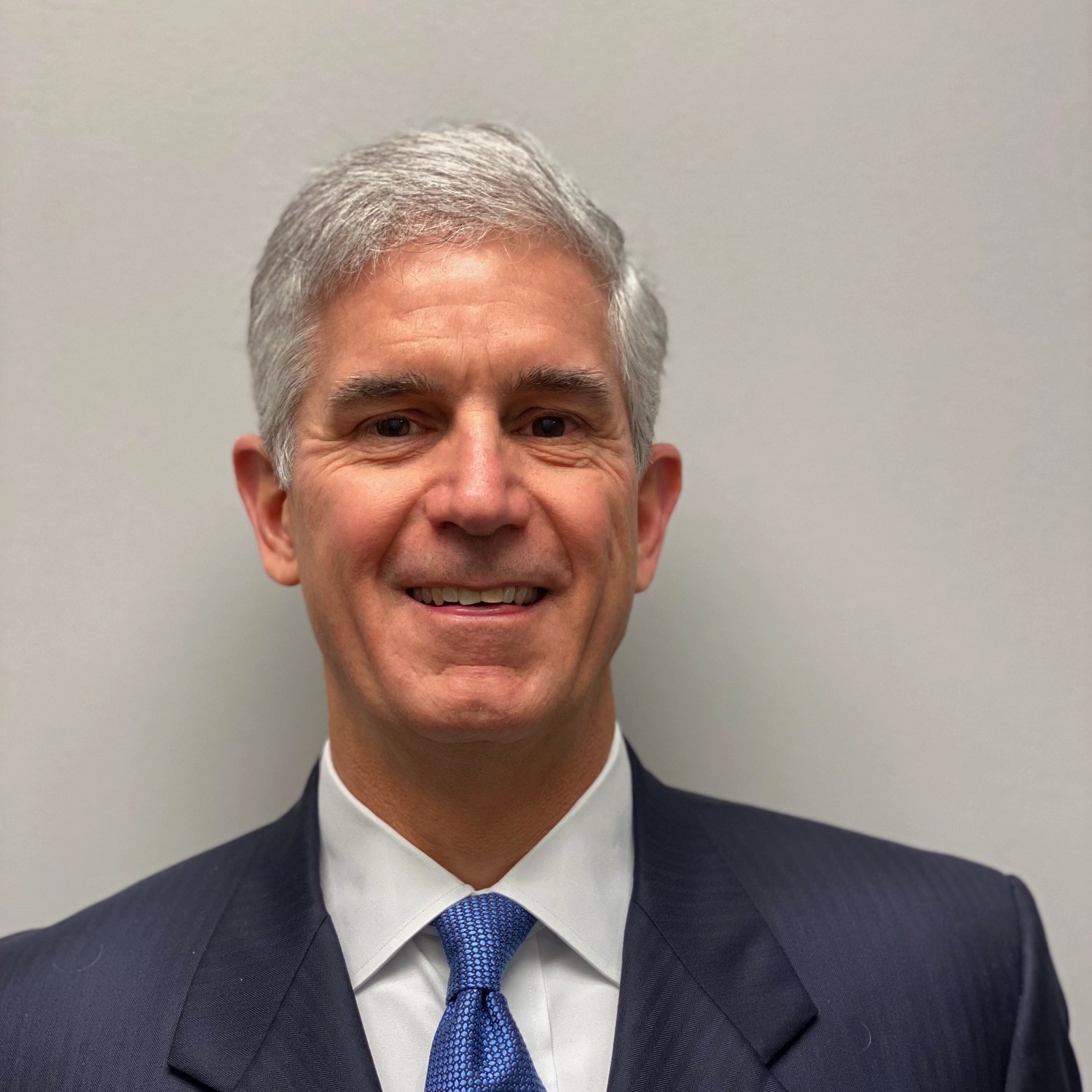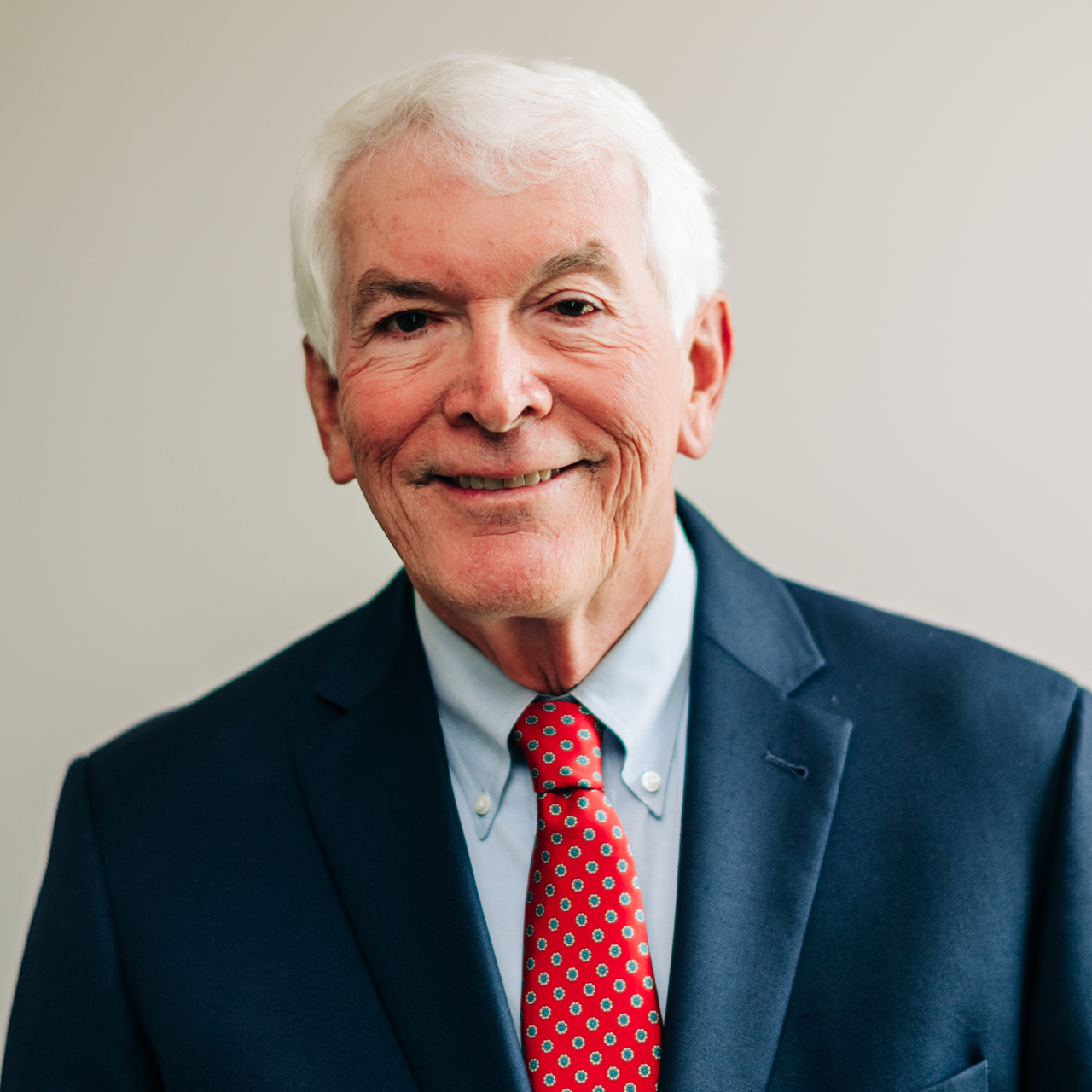- What Will the New American Revolution of Limiting the Power of the Regulatory State Mean for Businesses?
- What Will the New American Revolution of Limiting the Power of the Regulatory State Mean for Businesses?
- The Copyright Office Issues Its Long-Awaited Report on AI Training Material and Fair Use. Will It Stymie the U.S. AI Industry?
- What Risk Does Your Business Face for Creating Social Media Posts in the Studio Ghibli Style?
- Going From March Madness to Trademarks Madness
Latest Blog Posts
Trademark Lessons Learned in Local Adult Beverage Battle
Posted on January 17, 2016.
“Start with deeper pockets and get started sooner on trademarks.” Those are the words of Jerome Snyder, owner of Vahseer Meadworks, describing his recent trademark fight with Dogfish Head Brewery.
Vahseer, located in AltaVista (just south of Lynchburg), makes mead, which is an alcoholic drink created by fermenting honey with water and other ingredients.
Snyder opened his business in November 2015 under the name Kvasir Meadworks. In Norse mythology, Kvasir was killed and his blood was mixed with honey, producing a drink that gave the drinker wisdom. In Snyder’s case, that name proved to be either prophetic or ironic.
Snyder formed his company at the Virginia State Corporation Commission and got needed permits. But when he picked his business and product name, Kvasir Meadworks, he didn’t have a trademark attorney clear its usage.
Sometime later, Snyder received an email from Sam Calagione, the owner of Dogfish Head Brewery, which is a much bigger operation, objecting to the name of his mead. Calagione pointed out that Dogfish Head had a federal registration for the trademark “Kvasir” for beer. Calagione asked Snyder to change the name of this product, which required an expensive rebranding by Snyder.
This raises Lesson #1: When you launch a new business, or a new product or a new service, you don’t have the right to use that name in commerce just because you get incorporated under that name, or get a matching domain name, or because you get some license in that name.
You cannot use a trademark, which is a business, product, or service name, if it is confusingly similar to the name of a similar business, product, or service. To see if there is a potential conflict, you need to have a trademark attorney perform clearance research.
Snyder also filed a federal trademark registration application for the name “Kvasir Meadworks” when he launched his business. The federal Trademark Office denied that application shortly before his launch, finding the name to be too similar to the federal registration owned by Dogfish Head.
To placate Dogfish Head, Snyder changed the name of this product from Kvasir to Vahseer. He filed a new federal trademark registration application for his new name. He thought he was done.
But Dogfish Head objected again when it saw the new name. It claimed the new name, “Vahseer,” is pronounced the same as the old name, “Kvasir.” Dogfish Head correctly pointed out that a phonetically identical or highly similar trademark can infringe even if it is spelled differently.
Dogfish Head demanded an immediate response and another rebranding.
Snyder complains that, when Dogfish Head contacted him the first time, it said nothing about not using another name that is phonetically equivalent to his old name.
He also claims that the new name is not pronounced the same. He pronounces the old name KA-VA-SEER and the new name VA-SEER.
Nevertheless, Snyder has told Dogfish Head he will rebrand again, but he’ll need about three months to do it.
This teaches a couple more lessons.
Lesson #2: Handling a name dispute informally between company presidents can lead to expensive misunderstanding.
Perhaps Dogfish Head wanted to handle this informally so it wouldn’t be accused of being a trademark bully (it got accused of that anyway). But if it had had an experienced trademark attorney send a cease-and-desist letter, that letter should have described the extent of the name change necessary.
Because of the misunderstanding here, Dogfish Head had to file administrative litigation in the Trademark Office to stop the application to register the Vahseer trademark, using an expensive Washington, D.C., law firm to do so. Dogfish Head probably spent well over $10,000 to file that lawsuit.
Lesson #3: Any attorney who advised Snyder on his new name, Vahseer, and assisted with registering it should have advised him that picking a phonetically equivalent name was likely to raise another infringement objection. Even if the pronunciation isn’t the same, it’s close enough to be a potential problem.
When forced to rebrand by a vigilant trademark owner, get the clearance of the new name right. That’s no time to cut a corner or toe the line.
In the end, Snyder will have paid to rebrand twice, which includes paying for two failed federal trademark-registration applications and probably for a third one once he finds yet another new name. Maybe he’ll lose sales due to customers looking for his beverage under the old names.
This would have been avoided had Snyder done proper trademark clearance at the start. That’s a lot cheaper than two rebrandings.
So was the name Kvasir – being imbued with wisdom – prophetic or ironic? You decide.
Written on January 17, 2017
by John B. Farmer
© 2017 Leading-Edge Law Group, PLC. All rights reserved.



